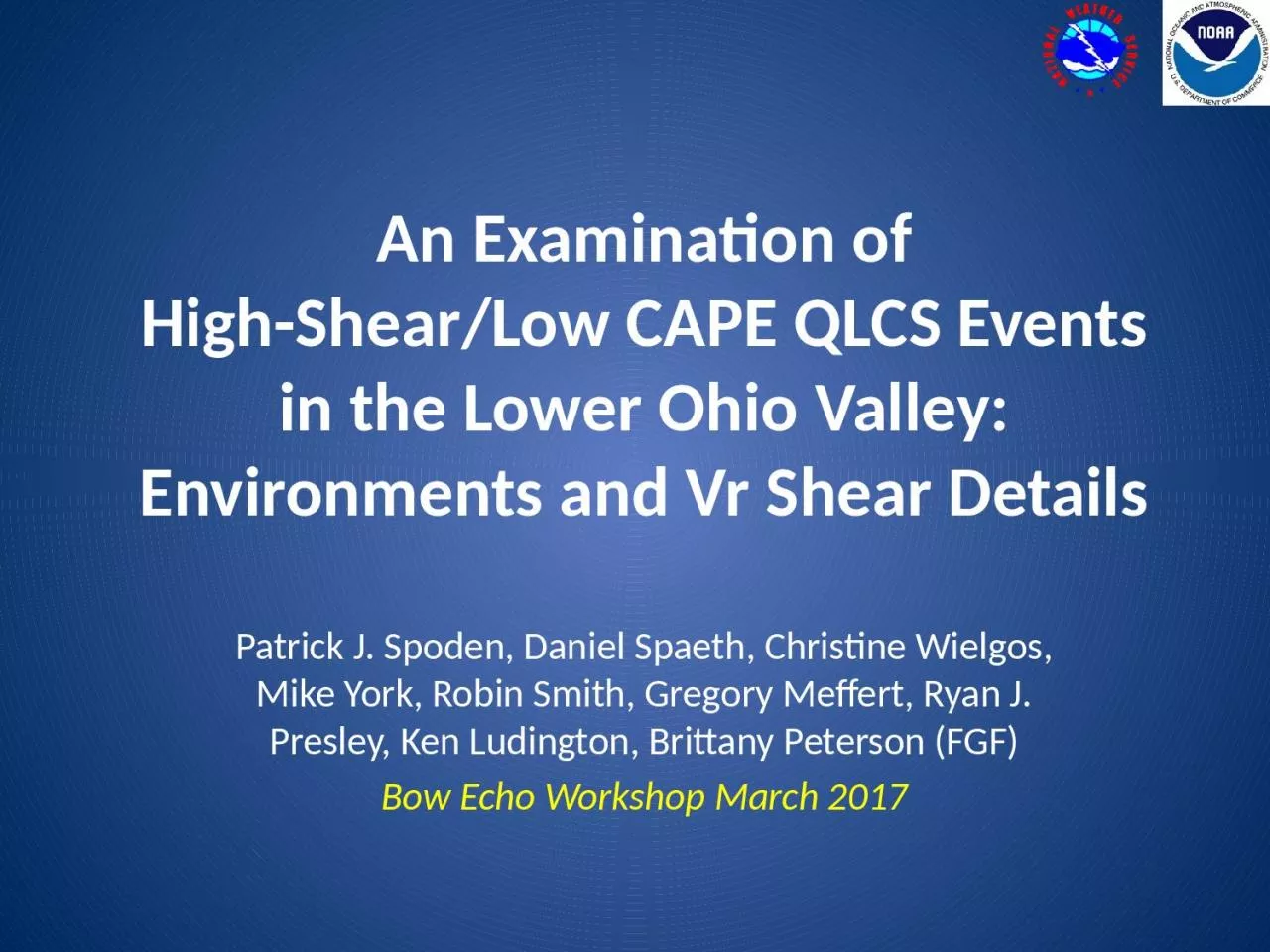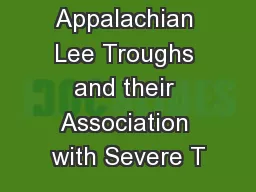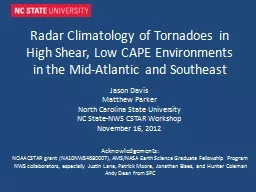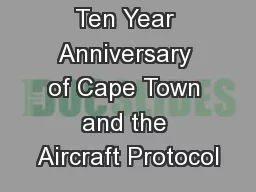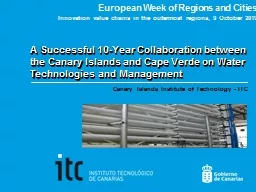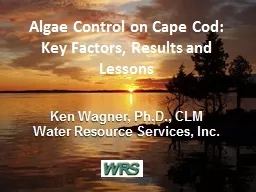PPT-An Examination of High-Shear/Low CAPE QLCS Events in the Lower Ohio Valley: Environments
Author : finley | Published Date : 2024-03-13
Vr Shear Details Patrick J Spoden Daniel Spaeth Christine Wielgos Mike York Robin Smith Gregory Meffert Ryan J Presley Ken Ludington Brittany Peterson
Presentation Embed Code
Download Presentation
Download Presentation The PPT/PDF document "An Examination of High-Shear/Low CAPE QL..." is the property of its rightful owner. Permission is granted to download and print the materials on this website for personal, non-commercial use only, and to display it on your personal computer provided you do not modify the materials and that you retain all copyright notices contained in the materials. By downloading content from our website, you accept the terms of this agreement.
An Examination of High-Shear/Low CAPE QLCS Events in the Lower Ohio Valley: Environments: Transcript
Download Rules Of Document
"An Examination of High-Shear/Low CAPE QLCS Events in the Lower Ohio Valley: Environments"The content belongs to its owner. You may download and print it for personal use, without modification, and keep all copyright notices. By downloading, you agree to these terms.
Related Documents

